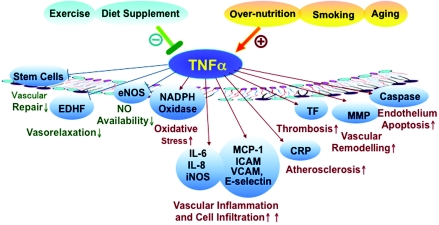Figure 1. Pivotal role of TNF-α in vascular dysfunction.
Even though numerous risk factors, such as physical inactivity, smoking and over-nutrition, appear to contribute to the development of vascular dysfunction, normal aging is also an independent factor in the aetiology of cardiovascular diseases. There is evidence, however, that those seemingly diverse processes converge on modulating TNF-α signalling to lead to the generation of dysfunctional endothelium and the onset of vascular diseases. TNF-α induces the gene expression of various inflammatory cytokines and chemokines, either dependently or independently of the activation of transcriptional factors, such as NF-κB and AP-1 (activator protein 1). This TNF-α-mediated signalling initiates and accelerates atherogenesis, thrombosis, vascular remodelling, vascular inflammation, endothelium apoptosis, vascular oxidative stress and impaired NO bioavailability, which contribute to the blunted vascular function. Dietary supplements and exercise favourably reduce the risk of vascular dysfunction by inhibiting TNF-α production and (or) TNF-α-mediated signalling. Risk factors in orange demonstrate those factors that converge on TNF-α to induce vascular dysfunction. Factors in green denote those that protect against vascular damage mediated by TNF-α expression and signalling. TNF-α-induced pathophysiological conditions related to vascular function are shown in blue. Both vascular risk factors and protective factors affect the regulation of vascular functions by modulating TNF-α production and downstream signalling. MCP-1, monocyte chemoattractant protein-1; MMP, matrix metalloproteinase; TF, tissue factor.

